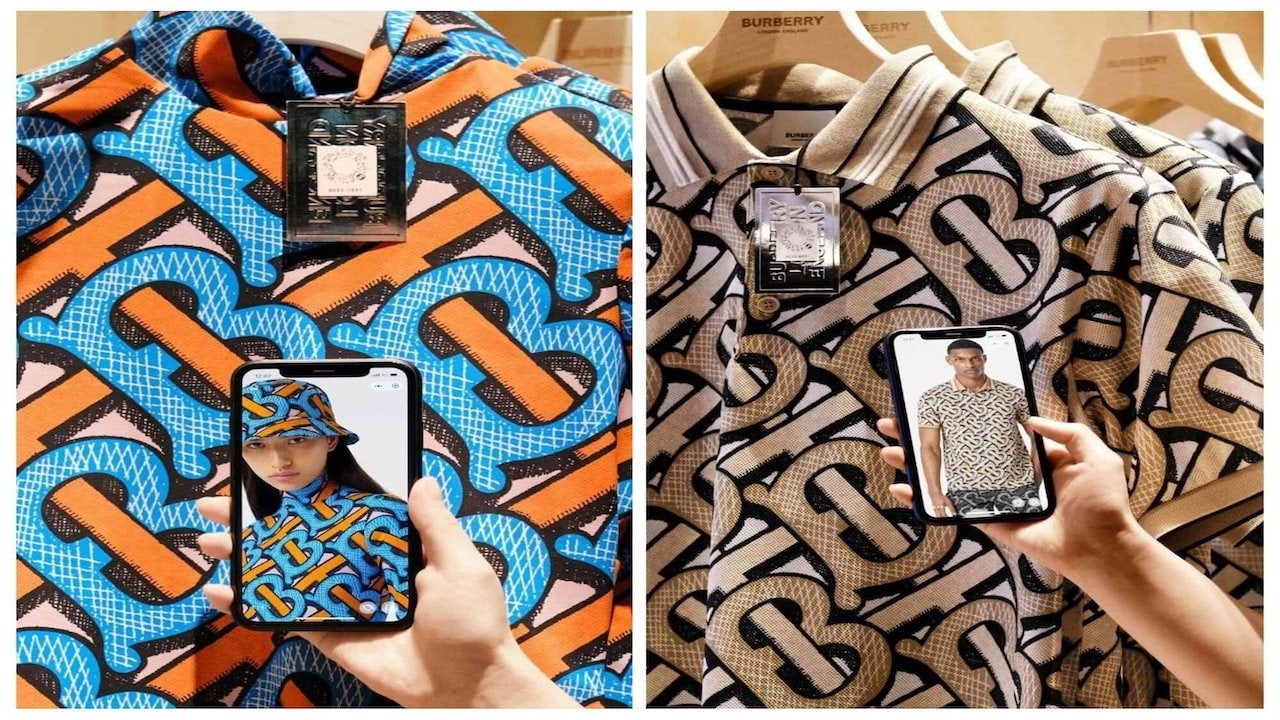This post originally appeared on Content Commerce Insider, our sister publication on branded entertainment.
The global augmented reality (AR) market is projected to surpass $100 billion by 2024, fueled by demand in retail, gaming, and entertainment, with some 72% of customers already reporting that AR influenced them to purchase items they hadn’t planned on buying. These reports came out pre-Covid — so that doesn’t even account for increased demand for "remote retail" from the pandemic.
Some of the technology required for the widespread consumer adoption of AR will take longer to develop, and that is mostly due to hardware constraints (looking at you, VR). But smartphone-enabled AR is increasingly within reach for many.
When brands ask themselves how they can find the sweet spot for AR/VR integration in their retail strategy, they would do well to be mindful of Newton's first law — the path of least resistance.

People don't like to download apps, let alone buy more hardware. What's been the most successful new gadget of the last decade? Most are extensions or magnification of smartphones. Wearables? Wearables are (mostly) phones that are strapped closer to your body. Tablets are bigger phones. Smart voice devices are standalone phones. Et cetera.
Integrating tech into mass-adopted hardware (smartphones) works. It could look like
Ikea#
's Place app, which consumers can use to gauge how much space is required for various furnishings in their homes. It's currently the second-most popular free app built on
Apple#
’s ARKit, and boasts more than a million downloads on the Google Play Store. But that is a rare example of a widely-used AR app.
The Gap#
's app, which has a virtual dressing room, has about 100,000 downloads. Then there's
Balmain#
, whose app flaunts AR content, with just over 100 downloads. Ikea’s Place adds real value by answering questions such as, "Will I actually be able to fit this 68-piece couch puzzle after construction?" It's hard to gauge apparel fit through VR for now.
Further down the path of least resistance (and high conversion) is AR integration with mass-adopted apps:
Instagram#
,
Snapchat#
, and
TikTok#
filters. Bonus points for increased social media engagement.
Dior#
made an Instagram filter that lets users try on their newest sunglasses through VR. Consumers can try them on from the comfort of their homes and smartphones.
Adidas#
has also experimented with shoppable AR by launching a Snapchat lens that lets users try on new sneakers.

In 2017,
Alibaba#
and
Tencent#
launched AR games within their apps. Users were able to scan physical objects to find hongbao (red envelopes) with cash inside. Tencent spent over $43 million on its mobile AR game. Later that year, Alibaba’s Ant Financial (
Alipay#
) announced another AR game in its app and set aside $29 million in hongbao to drive Alipay adoption. Driving downloads for apps through financial incentives is a tactic commonly used in China, but much harder to execute to drive hardware adoption.
Virtual reality and mixed reality#
VR and Mixed Reality (MR) offer interesting opportunities.
Xcommon#
, a Shanghai-based designer platform, recently collaborated with MR glasses maker
Nreal#
for Shanghai fashion week, showcasing how mixed reality brings pizzazz to fashion. More importantly, the photo-ops that mixed reality offers are great for brands who want to create social buzz.
And some MR headsets are truly astonishing.
Microsoft#
’s Hololens is nothing short of miraculous, but the hardware constraints mean scaling is tough. So no matter how much I'd like VR to take off, it probably won't anytime soon. The hardware is too expensive and the tech too limiting. The gold standard for headset costs around $700, but usually requires you to remain seated and connected to a PC or other rig.
ROI on pricey headsets lies mainly in luring consumers to brand-owned spaces by promising unique digital experiences. The best experiences are those that can be obtained through a smartphone. Because during a pandemic, how many consumers will be able to venture outside to stores for VR- or MR-enabled experiences?
Resources:#
Microsoft HoloLens demo (MR), YouTube
Ikea Place app (AR), Google Play Store
Nreal at Shanghai Fashion Week (MR), YouTube

